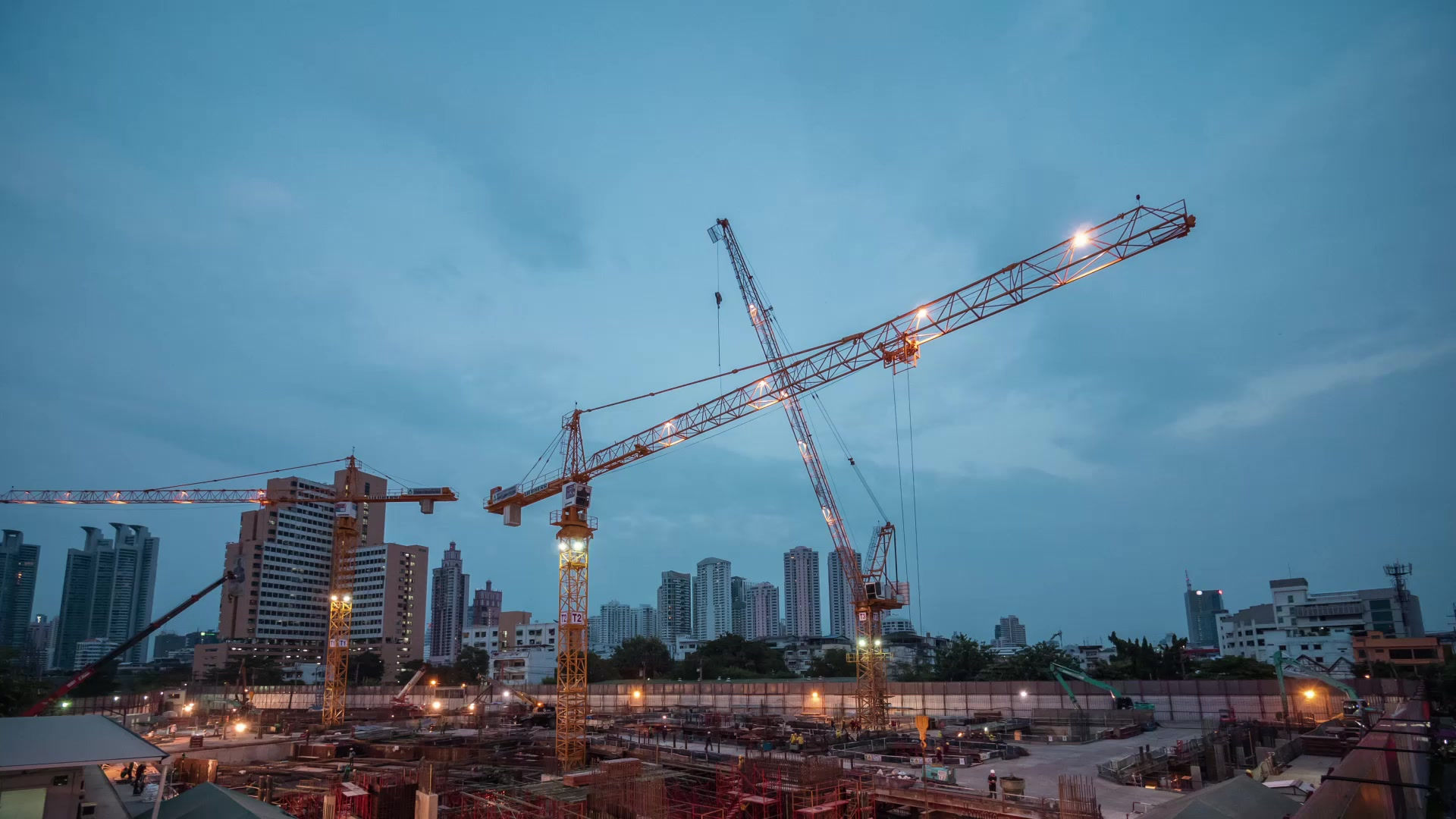
HDD Bit



Key Features and Design Elements
Cutting Structure
The cutting structure of a horizontal directional drilling bit is of utmost importance. It determines how effectively the bit can break and remove the material being drilled. In rock bits, the tungsten carbide inserts or other hard cutting materials are carefully positioned at specific angles to create optimal cutting forces. For soil bits, the cutting edges are shaped to slice through the soil smoothly and direct the excavated material towards the flutes for removal. The design of the cutting structure is often based on extensive research and testing to balance cutting efficiency, durability, and the ability to handle different drilling forces.
Flute Design
Flutes play a crucial role in transporting the drilled cuttings out of the hole. In soil bits with looser materials, the flutes are usually wider and have a more gradual spiral shape to allow the soil to flow easily towards the surface. In rock bits, although the volume of cuttings might be less due to the nature of rock fragmentation, the flutes still need to be designed to ensure that the broken rock pieces can be efficiently ejected from the drilling zone. The flute design also affects the drilling fluid flow within the hole, which is important for cooling the bit and maintaining hole stability.
Connection and Body Design
The connection between the bit and the drill string must be robust and reliable to transfer the rotational and thrust forces during drilling. It is usually a threaded connection that is designed to withstand high torques and axial loads. The body of the bit is engineered to provide structural integrity and balance. In some advanced designs, the body may incorporate features to improve the bit's stability during drilling, such as anti-whirling mechanisms that prevent excessive wobbling and ensure a straight drilling path.